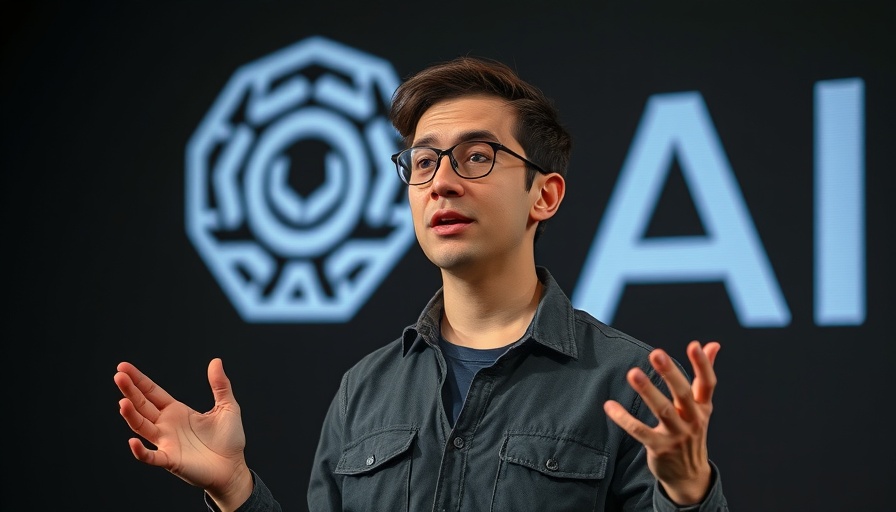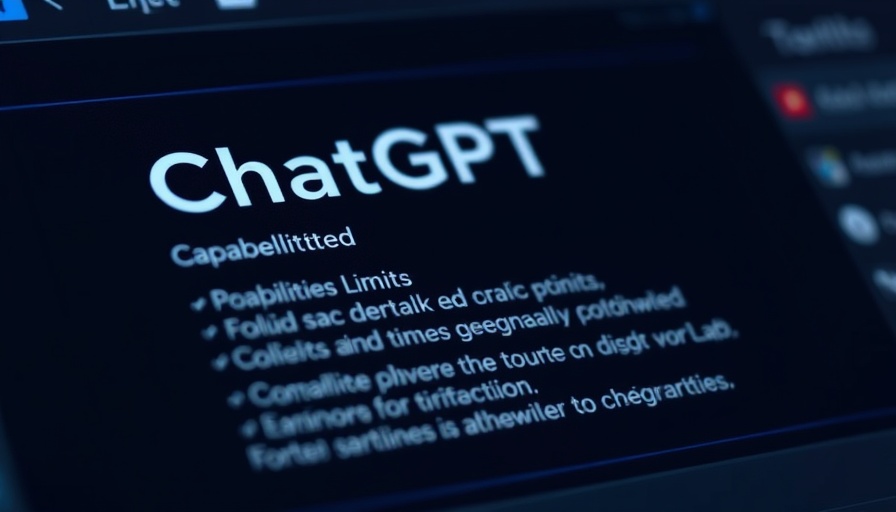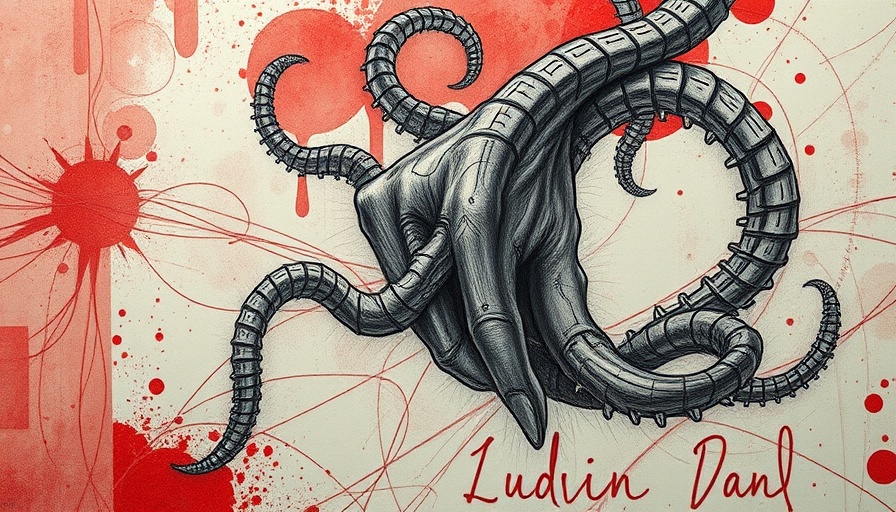
Unpacking the Release of GPT-4.5: A New Era in AI Technology
OpenAI has launched GPT-4.5, marking a significant upgrade to the AI model powering ChatGPT. This model, touted as the company's 'largest and best model for chat yet', is currently available in a restricted research preview exclusively for select software developers and ChatGPT Pro users. In a competitive landscape dominated by a slew of rivals, including Elon Musk's xAI and Google's Gemini, the release of GPT-4.5 showcases OpenAI's determination to maintain its leadership in the rapidly evolving AI sector.
What Makes GPT-4.5 Stand Out?
One of the most notable improvements in GPT-4.5 is its reduced rate of 'hallucinations'—AI responses that are inaccurate or entirely fabricated. According to OpenAI, the new version has seen its hallucination rate plummet from an alarming 61.8% to just 37.1%. This dramatic decrease enhances user experience, making interactions with GPT-4.5 feel more genuine and reliable. The latest model has not only expanded its knowledge base but also features improved emotional intelligence, which aids in tasks like writing, coding, and solving daily challenges more effectively.
The Competitive Landscape: Who Else is in the Race?
Despite GPT-4.5's advancements, OpenAI faces fierce competition from both established tech giants and emerging startups. Companies like Google have positioned their AI offerings like Gemini to rival ChatGPT directly. Interestingly, Musk's latest entry, Grok 3, has reportedly outperformed OpenAI’s previous models in key areas such as mathematics and coding. With over 400 million active users, ChatGPT maintains its status as the world's leading chatbot, but as rivals enter the arena, the stakes are raising, challenging OpenAI to innovate further.
Big Tech Rivalries: The Musk-Altman Feud
The personal rivalry between Sam Altman and Elon Musk adds a dramatic layer to the AI competition narrative. Their fallout over OpenAI's direction has turned the once co-founders into adversaries. Musk has filed an antitrust lawsuit against OpenAI, magnifying the tension and pitting two billionaires against each other in both the tech and legal arenas. As Musk’s xAI continues to introduce competitive models, the anticipation around each release grows, raising questions about the sustainability of this rivalry in the long run.
Future Predictions: What Lies Ahead for AI?
The future of artificial intelligence, particularly in the context of products like GPT-4.5, suggests a trend toward greater human-like interactions. With companies competing on emotional intelligence as well as technical skills, we may see more AI models designed not just for functionality but also for empathy. Altman's comments about GPT-4.5 being “the first model that feels like talking to a thoughtful person” hint at a design philosophy encouraging human-like communication. As consumers demand more lifelike responses from AI, the technology sector must respond not only with better algorithms but with a more profound understanding of user intent.
An Actionable Insight: Embrace AI's Potential
AI enthusiasts should not only focus on the current capabilities of models like GPT-4.5 but also stay informed about their evolving nature in response to user needs and technological advancements. Engaging with new features, testing out AI applications, and providing feedback can contribute to shaping the future of AI technology. Being proactive in the AI revolution empowers consumers and developers alike to steer the future toward practical and ethical uses of AI.
 Add Row
Add Row  Add
Add 




 Add Row
Add Row  Add
Add 

Write A Comment